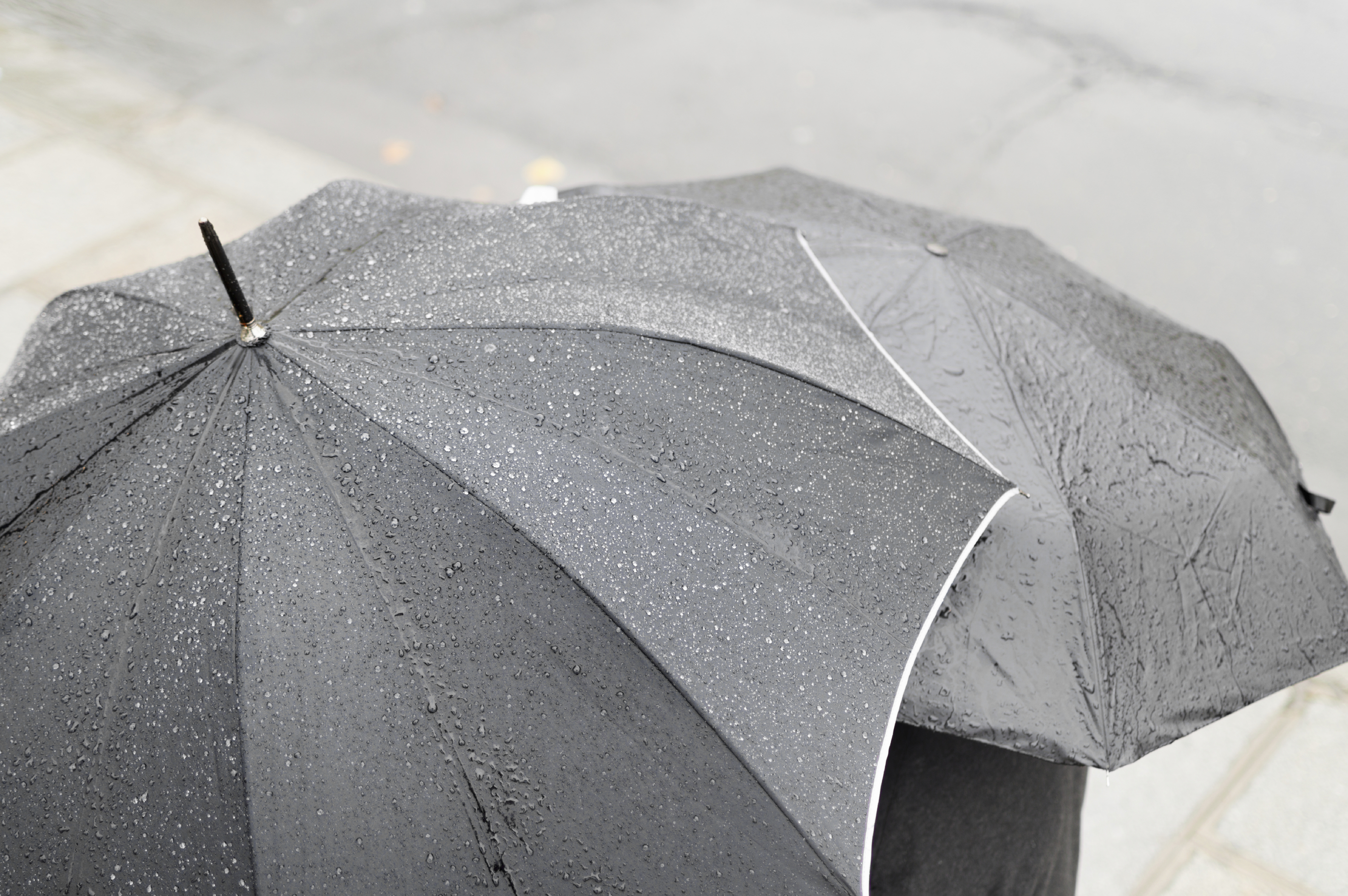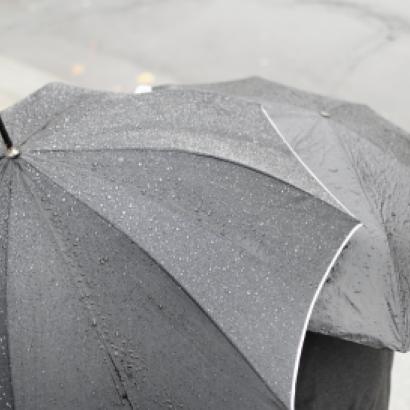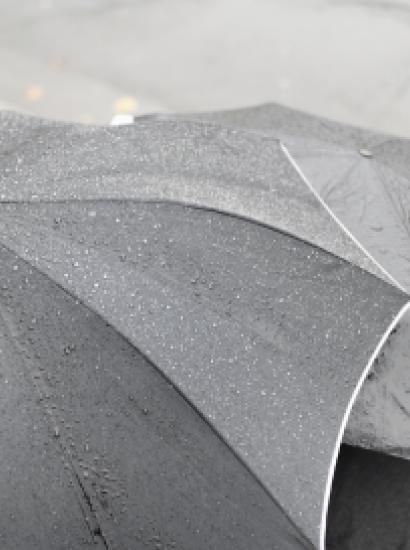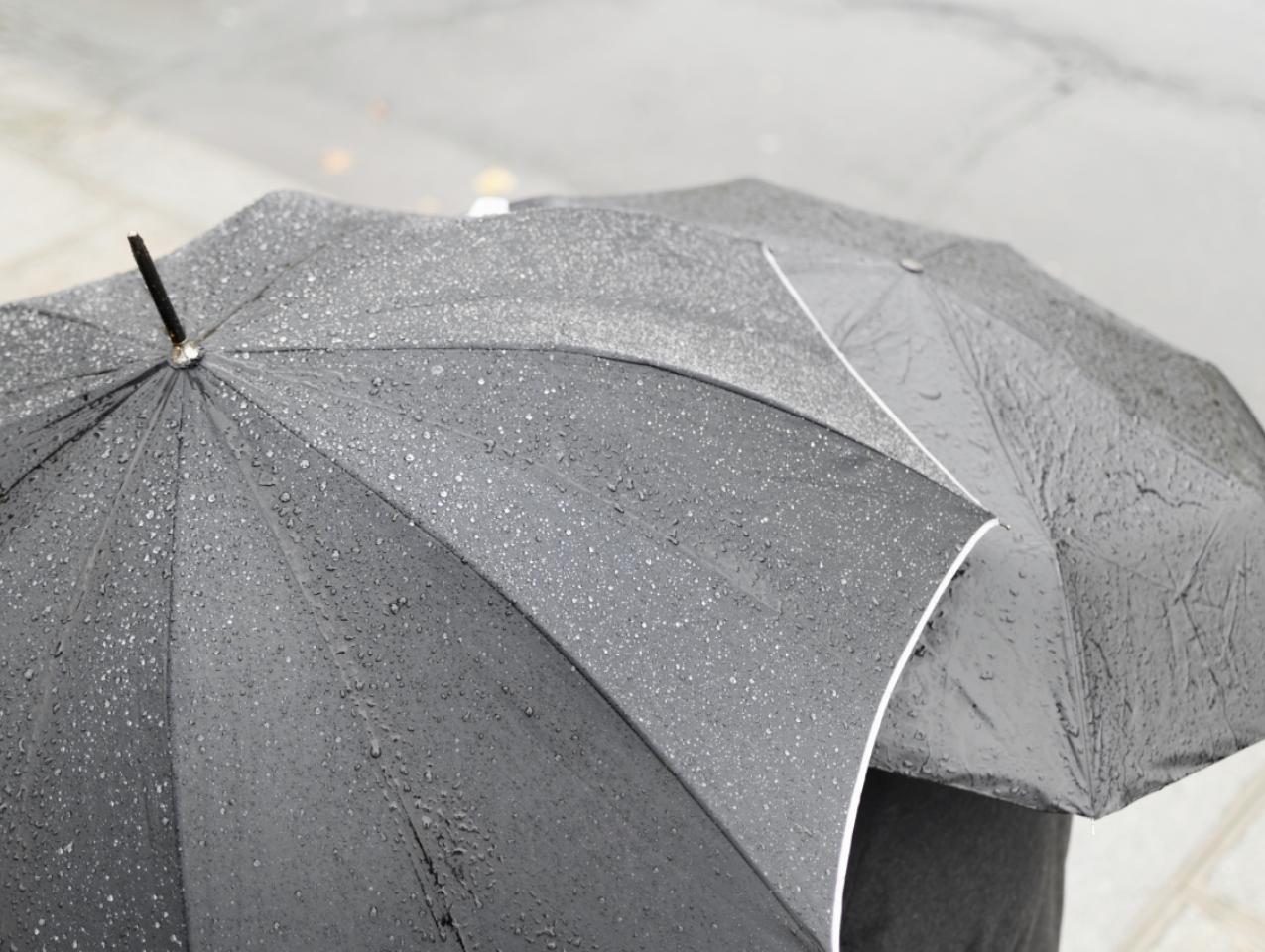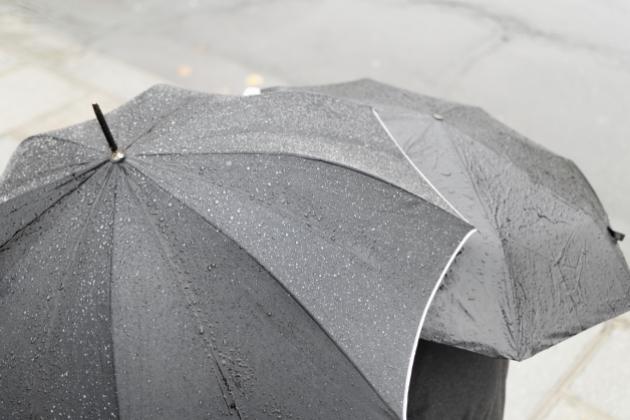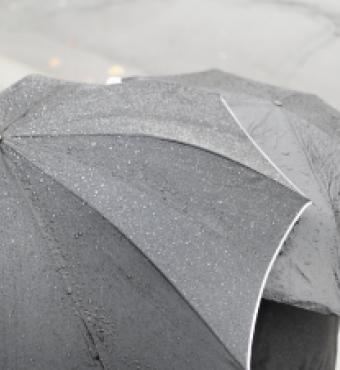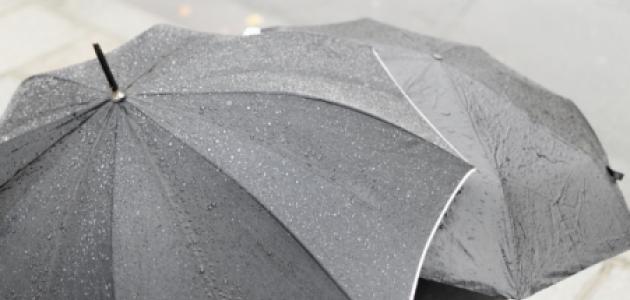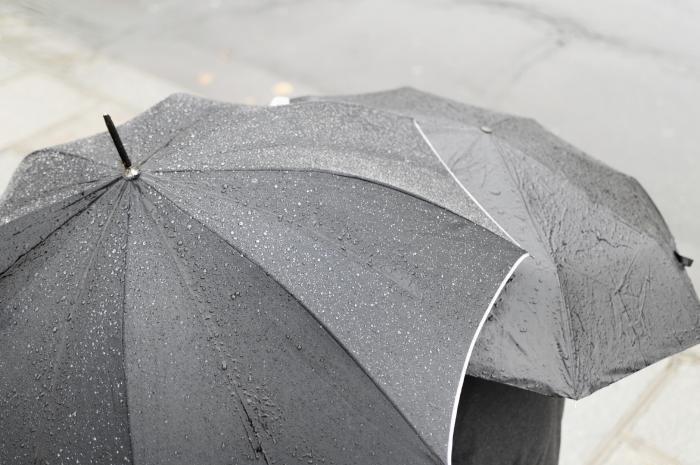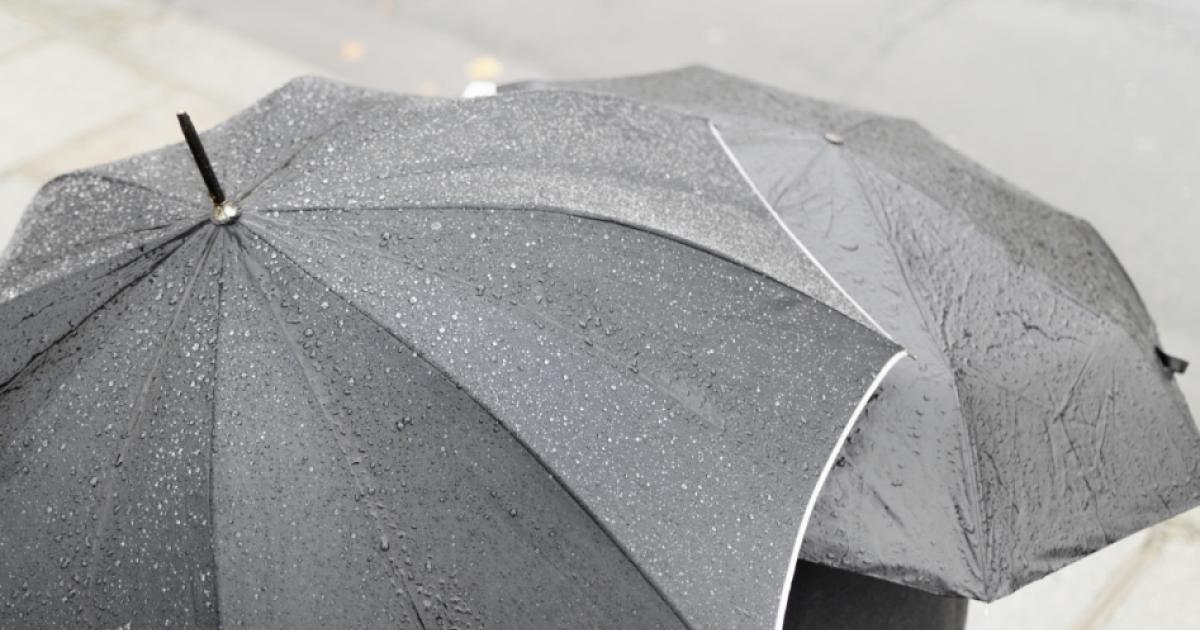- Energy & Environment
- Politics, Institutions, and Public Opinion
- State & Local
- California
The big news in California of late wasn’t an act of man but instead an act of nature: rain—and lots of it—across Northern California (actually, here in the Golden State, we refer to such events as “atmospheric rivers” when the precipitation is both significant and fierce, as was the case last weekend).
The significance of said disturbance?
Large storms have become something of a rarity in drought-stricken California. Moreover, the rain came as good news for at least one sector of the Golden State’s economy—beleaguered ski resorts (remember, rain turns to snow at colder, higher elevations). Indeed, one such resort is thinking of opening early.
All of that said, the long-overdue rain won’t solve California’s water problems. For openers, a La Niña climate pattern is expected to keep the Golden State and a great portion of the Western United States in drought conditions this winter and beyond. Moreover—and as proof that, for the state’s fragile ecosystem, the adage “when it rains it pours” holds true—torrential downpours converted some wildfire-scarred landscapes into mudslides and debris flows; some pessimistic climate exerts were swift to note that rain’s benefit might be overrated as drier soils (the result of a prolonged drought) are less likely to absorb water.
As California politics is my province, I can’t resist a political intrigue: Governor Gavin perhaps taking advantage of a media distracted by the pending arrival of rain to declare a “drought emergency” last week—a declaration noticeably devoid of any water-restriction mandates (the governor likewise issued a declaration back in July asking his fellow Californians to voluntarily restrict their water use by 15%).
It’s a curious move in that, as with Newsom’s decision earlier this month to mandate student COVID vaccines, it’s a policy choice the governor could have made weeks and weeks ago—not, as in this case, a month and five days after the September 14 recall election.
Not knowing what the future holds for California on Your Mind, I’ll go out on a limb and wager that this won’t be the last time we devote a column to the Golden State’s H2-woes. Look no further than Hoover’s companion Eureka web channel, which delved into California’s “drought conundrum” no less than six years ago.
Meanwhile, Newsom has at last one conundrum to confront: what to do when his constituents don’t respond to polite encouragement to reduce their water consumption?
Data released last week by the state’s Water Resources Control Board shows Californians reduced their water use at home by 5% in August compared to the same time a year ago—better than July’s 2% reduction, but a far cry from the requested 15% cutback.
Then again, Newsom’s predecessor, Jerry Brown, didn’t have much luck with a tough-love approach. In April 2015, Brown issued California’s first-ever water-reduction mandate—a 25% reduction among the Golden State’s cities and towns amidst a fourth consecutive year of drought.
The net result: a glaring example of California’s rich-poor divide as wealthier residents were willing to cough up a little green—i.e., gladly paying fines for excessive water use—in order to maintain their green landscapes (one of the more notorious offenders: the community of Rancho Santa Fe, already something of a culture outlier, thanks to the eccentric tastes of a few of its more privileged residents).
As we turn the page to 2022 and another year of California’s governor and state lawmakers coming to grips with the Golden State’s water inadequacies, here are three areas for Sacramento to ponder:
Capturing Runoff Water. How much water does California lose when the liquid is discharged or “runs off” (in laymen’s terms, when the rain or snow exceeds the ground’s ability to soak up the moisture)?
Brace yourself for the answer.
According the California Water Science Center, which is part of the federal US Geological Survey, California so far this year has lost the equivalent of 11.3 million Olympic pools worth of water—each pool translating to about 660,000 gallons of water (326,000 gallons constituting enough water to cover an acre of land about one foot deep).
That’s a far cry from the 48.3 million Olympics pools than ran off during a wetter 2017 in California—and certainly better than the 96.6 million Olympic pools lost in 1983.
To their credit, some California communities have been proactive on the runoff question, for example, removing portions of the concrete bed around the Los Angeles River, as well as aquifer recharge, storage, and recovery in more populous regions. Let’s see if the state legislature looks for additional innovative approaches.
Storage Capacity. This may sound odd given that California’s Lake Oroville, the Golden State’s second-largest reservoir, reached a record low last month and statewide reservoir storage is at 60% of average, but imagine a time when rainfall suddenly became abundant.
One area where the left and right vehemently disagree: dam expansion (the Trump administration wanted to raise 600-foot-high Shasta Dam by another 18 feet; California’s attorney general went to court to stop the project)
The mystery here: the implementation of a $2.7 million water bond approved by California voters seven years ago and meant to address “water supply infrastructure projects.” To date, no water reservoirs have been constructed. Moreover, California hasn’t seen a single new federal water project in over 40 years, though an effort is under way to add storage to the Los Vaqueros Reservoir and build a new reservoir in Del Puerto Canyon.
As with Shasta Dam, such expansion projects create a legal tug of war between developers and environmentalists. Which means California is looking at a future that includes this thorny dilemma: the human needs for water vs. the dictates of eco-stewardship and the federal Endangered Species Act.
Think Big (and Hold the Salt). It’s tempting to think that California could solve its needs simply by turning attention west—to an ocean that laps up against nearly 1,300 miles of state coastline.
The obvious solution: desalination, a cutting-edge example being the nation of Qatar, which repurposes Persian Gulf water for drinking and energy needs.
Six years ago, San Diego launched a new desalination plant in the town of Carlsbad and is close to approving another (desalinated water now meets about 10% of San Diego’s water needs). Earlier this year, the northern coastal town of Fort Bragg moved to purchase a desalination plant that should produce about 288,000 gallons a day for a local population of about 7,300.
Will this trend continue? Keep an eye on Huntington Beach.
All it took was 22 years and $100 million spent battling red tape and environmentalist pushback before Poseidon Water—the same outfit running the Carlsbad facility—could be one step away from building a $1.4 billion desalination plant in that Southern California city producing 50 million gallons of potable water a day (enough for about one-sixth of the homes in the Orange County Water District).
That is, if the California Coastal Commission lends its blessing. Why would the governmental body oppose the construction? This is the same community that’s home to this month’s offshore oil spill. And, as was seen when Monterey County considered desalination, a new term came into vogue: economic racism.
There is one other path for California to consider: water recycling. About one-third of the $15 billion climate bill signed by Governor Newsom last month includes funding for water conservation and resilience that could be directed toward recycling projects—ironically, one of role models being the same Orange County Water District that’s looking at desalination (it uses a three-step process to convert sewage water to drinking water).
Ok, so it’s not as miraculous as turning water to wine. But it is time for California to be thinking outside the box in terms of addressing its liquid needs. Otherwise, the Golden State’s future looks . . . well, dry, if the state’s elected leaders fail to make much of an innovation splash.







